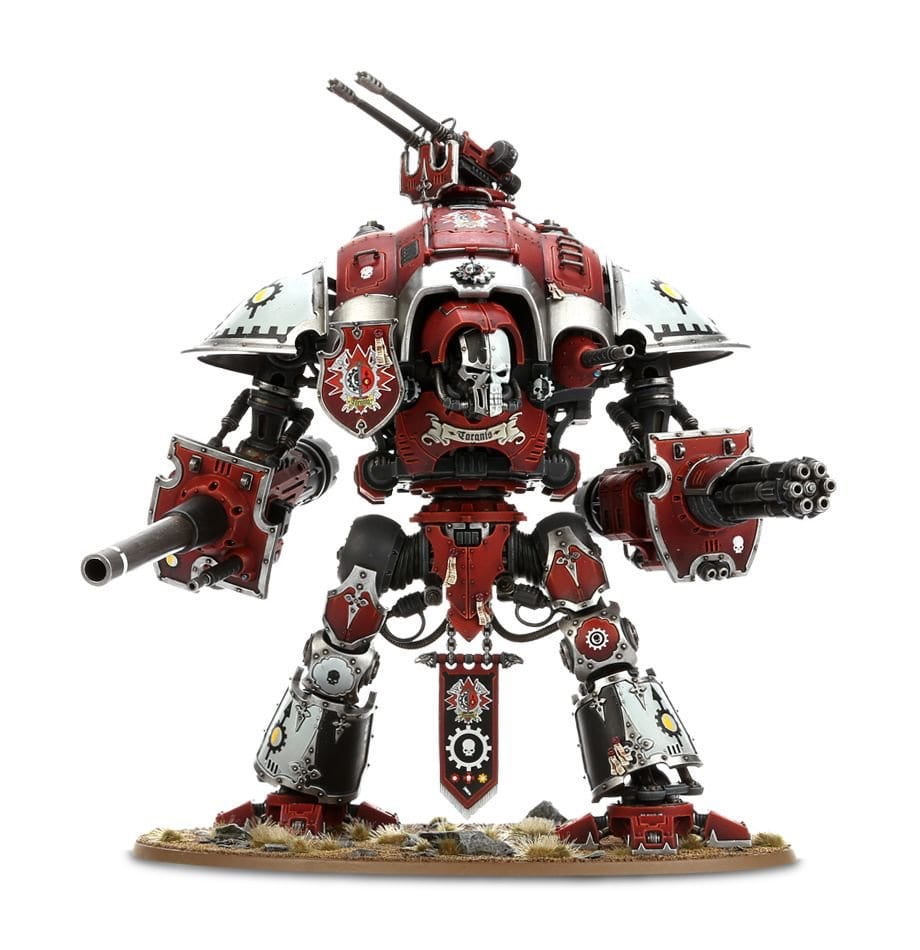We just finished our latest project, which was all about continuity, change, and the 1950s. In this project, we had to do interviews, research, and of course, a podcast episode, with the driving question of “How did Canadian life develop after WW2?”. To help us answer this question, we did a collaboration with the Deep Cove Heritage Society, to learn more about the 1950s and to also help them out with their archives.
To accomplish this, our task was to interview a prominent Deep Cove resident. We did this in partners, and my partner was Noah, who also wrote a great post about this which you can check out here. We conducted an interview with Wendy Bullen, who lived in Deep Cove in the 1950s.

She talked about a lot interesting stuff, like what life was like in the 1950s, and the changes that have happened since then, which brings us into the competencies for this project.


I think this interview was actually a pretty good introduction to the Continuity and Change competency, because a lot of our questions were focused on what has changed and what has stayed the same. We also dipped a little into the Discuss, Listen, Speak competency, because we had to listen carefully to come up with follow up questions.
And while this was a good introduction, there were some assignments that went more in depth and that I think are a better example of my learning. The first of these was Milestone 3, which was our Canadian connections keynote. In this milestone, we had to make a keynote presentation on our podcast topic in the 1950s and today.

My topic was Wargaming, which I’ve already done some research on before, but never on the 1950s specifically. To show continuity and change, I decided to talk about both time periods separately and then show the contrast afterwards. Then we the had to present our keynote to the class as well as take questions afterwards. I think this was a great example of my learning, as well as both competencies. I covered the topic of Continuity and Change in wargaming throughout the whole presentation, and I think I covered it pretty comprehensively. I also used the Discuss, Listen, Speak competency during the presentation to best get my points across and answer any questions that came up. You can see the full keynote down below:
Another milestone that I think is a good example of these competencies was our final podcast episode, where we had to cover continuity and change in our podcast topic, which again was Warhammer and Wargaming. However, we had to go much more in depth then our keynote presentations and we had to have an interviewee to back it up. I ended up interviewing hobby shop owner Mike Tong, because he has been in the hobby for a long time and had an interesting perspective on how things have changed. This and the additional research helped me come up with my thesis statement for the episode, that changes in audience is what drives change in wargaming. I think this was another great example of my Continuity and Change competency, because I showed what changed and stayed the same from the 1950s to now, and used it to back up my thesis statement. I also think my interview with Mike is a good example of the Discuss, Listen, Speak competency. You can listen to that and the whole episode down below.
Now for my answer to the driving question, “How did Canadian life develop after WW2?” We actually did an activity related to this, where we had to write a few paragraphs to show our learning throughout the project. I decided to write about how escapism started in the 1950s, which isn’t really my focus for the driving question. However, if you want to know more you can read the whole thing down below:
But, there was a part where I talked about how the end of the war led to the economic boom which led to the conditions that kicked off escapism in the first place, which I think applies to the driving question. Because if you look at the changes to things like social programs and human rights in Canada, you can see how they connect back to the end of WW2. Which is why my answer to the driving question would be “The political and economic situation in the postwar world led to many positive changes that make Canada what it is today.”
So, in conclusion, I learned a lot from this project. Continuity and Change is probably one of the most interesting topics we have covered so far, and being able to explore it with our podcast topics made it more enjoyable than other projects. I also learned a lot about the history of the 1950s era, and even some things about Warhammer and Wargaming that I never knew before. That’s about it for this blog post, and remember to stay tuned.





































